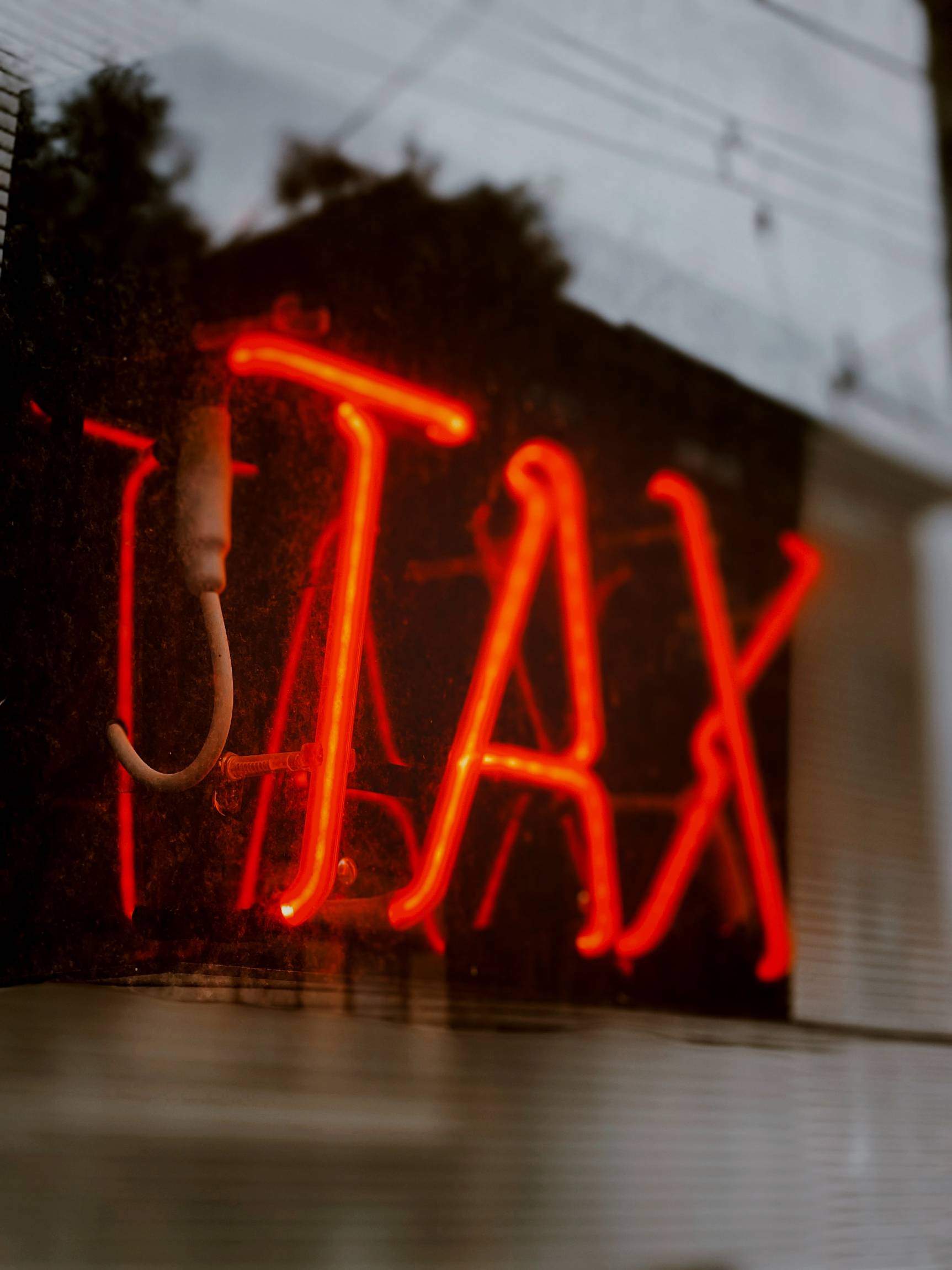Practice Update August 2023
Claiming GST credits for employee expense reimbursements
Employers may be entitled to claim GST input tax credits for payments they have made to reimburse employees for expenses that are directly related to their business activities.
A ‘reimbursement’ is provided when a taxpayer pays their employee the amount, or part of the amount, of a particular work-related purchase they make.
Employers are not entitled to a GST input tax credit if they pay their employee an allowance, or make a payment based on a notional expense, such as a cents-per-kilometre payment, travel or meal allowance.
An ‘allowance’ is provided when a taxpayer pays their employee an amount for an estimated expense without requiring them to repay any excess.
Taxpayers are expected to hold sufficient evidence to substantiate their claim, such as a tax invoice for the purchase that is being reimbursed.
Lodging of Taxable payments annual reports
The ATO reminds taxpayers that it is now time for them to check if their business needs to lodge a Taxable payments annual report (‘TPAR’) for payments made to contractors providing the following services:
(a) building and construction;
(b) cleaning;
(c) courier and road freight;
(d) information technology; and
(e) security, investigation or surveillance.
TPARs are due on 28 August each year and penalties may apply if they are not lodged on time. Taxpayers can help prepare for their TPAR by keeping records of all contractor payments. Taxpayers that do not need to lodge a TPAR this year can submit a TPAR non-lodgment advice form to let the ATO know and avoid unnecessary follow-up.
Taxpayers can refer to the ATO’s website for more information about TPARs, including who needs to report and how to lodge.
Changes to deductions this tax time
Taxpayers who are small business owners operating from home, or who use a vehicle for business purposes, need to be aware of some changes when claiming deductions this tax time, including the following.
Cents-per-kilometre method – The cents-per-kilometre method for claiming car expenses increased from 72 cents to 78 cents per kilometre in the 2023 income year. For taxpayers using this method, the 78 cents per kilometre rate covers all their vehicle running expenses, including registration, fuel, servicing, insurance, and depreciation. Taxpayers using this method cannot claim these costs separately.
Car limit for business owners – The car limit has also increased to $64,741 for the 2023 income year. The car limit is the maximum value taxpayers can use to work out the depreciation of passenger vehicles (excluding motorcycles or similar vehicles) designed to carry a load of less than one tonne and fewer than nine passengers.
Work from home business expenses – For the 2023 income year, the ‘fixed rate method’ (for taxpayers operating their business from home) increased from 52 cents to 67 cents per hour worked from home, and taxpayers are no longer required to have a dedicated home office space.
The fixed rate method covers electricity, gas, stationery, computer consumables, internet, and phone usage.
Taxpayers can also claim separate deductions for expenses not included in the hourly rate, such as the decline in value of depreciating assets, e.g., laptops or office furniture.
Editor: Please contact our office for any help with these claims, including record-keeping requirements.
Downsizer contribution measure eligibility has been extended
The downsizer contribution concession was introduced to allow older Australians selling an eligible dwelling to make additional contributions into their superannuation fund.
Broadly, the downsizer contribution concession allows eligible individuals to make non-deductible contributions of up to $300,000 (or up to $600,000 per couple) from the sale of an eligible dwelling that was used as their main residence.
The downsizer contribution concession is an attractive option for eligible individuals to boost their superannuation entitlements, as it is not counted towards an individual’s standard contribution caps.
Also, the total superannuation balance restriction does not apply in respect of a downsizer contribution (so an eligible individual can make a downsizer contribution into their super fund, regardless of their total superannuation balance), and it is not included in the assessable income of the receiving fund.
However, there are various eligibility requirements that need to be satisfied in order for a downsizer contribution to be made, and professional advice should be sought in this regard as required.
Importantly, as from 1 January 2023, the Government has broadened access to the downsizer contribution concession by reducing the minimum age requirement for accessing this concession from age 60 to age 55. This means that individuals aged 55 to 59 years who were not previously eligible to make downsizer contributions due to their age are now eligible to make downsizer contributions if they satisfy all the eligibility requirements.
Reallocation of excess concessional contributions denied
The Administrative Appeals Tribunal (‘AAT’) has held that there were no special circumstances in relation to a taxpayer who made excess concessional contributions in a financial year, such that the ATO could allocate some of those contributions to the previous financial year.
On Wednesday, 26 June 2019, the taxpayer arranged for contributions totalling just under $25,000 to be made to his superannuation fund, via a direct debit from his bank account to a clearing house used by his fund.
However, the relevant contribution was received by the superannuation fund on Monday 1 July 2019. The taxpayer then made further contributions totalling just under $25,000 to his superannuation fund on 5 August 2019, which meant that he had made excess concessional contributions for the 2020 financial year.
The AAT confirmed the ATO’s decision that the circumstances did not justify some or all of the contributions made by the taxpayer on 26 June 2019 being reallocated to the 2019 financial year. That is, there were no ‘special circumstances’ (as required by the relevant legislation) that would justify the exercise of the ATO’s discretion to allocate the contributions to the previous financial year.
While the AAT accepted that the taxpayer genuinely intended that his contribution would be received by his superannuation fund by 30 June 2019, he should not have waited until 26 June 2019 to make the contribution, as “there was nothing unusual about the time taken to process the … payment made on 26 June 2019.”
Also, in relation to various events and actions of other parties that the taxpayer submitted constituted ‘special circumstances’, the AAT noted that “an error on the part of a third party will not on its own amount to special circumstances.”
Please Note: Many of the comments in this publication are general in nature and anyone intending to apply the information to practical circumstances should seek professional advice to independently verify their interpretation and the information’s applicability to their particular circumstances.




